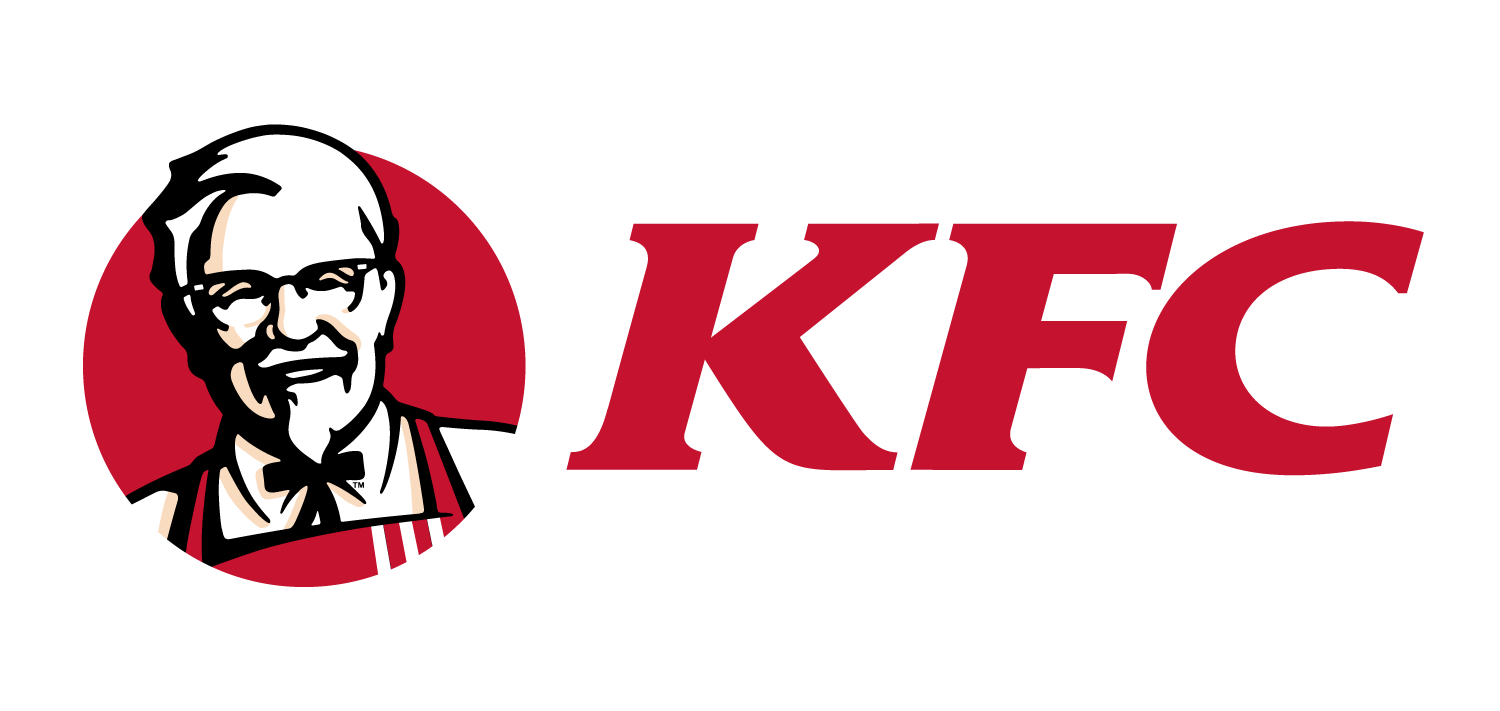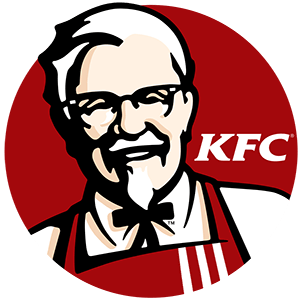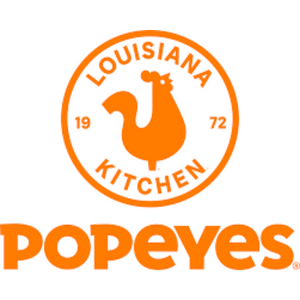KFC vs Popeyes: The Fried Chicken Face-Off
Curious about the KFC vs Popeyes rivalry? Discover key differences in investment, profitability, and franchise potential in this fast-food showdown!

Table of Contents:
In the world of fast food, few rivalries have captured the taste buds and loyalties of consumers quite like the enduring battle between KFC vs Popeyes. These two chicken chains have become household names, with legions of devoted fans extolling the virtues of their signature fried chicken recipes, including the iconic Popeyes chicken sandwich and KFC’s chicken sandwich. But beyond the crispy, golden exterior lies a rich history, a thriving franchise empire, and a myriad of factors that set these industry titans apart.
In this comprehensive analysis, we undertake an exhaustive examination of the KFC vs Popeyes rivalry. Employing rigorous research methods and leveraging our state-of-the-art franchise comparison tool, we aim to uncover the intricate details that distinguish these industry giants. This encompasses an exploration of their individual historical backgrounds and trajectories to prominence, a discerning evaluation of their menu offerings, including their renowned fried chicken sandwiches and mashed potatoes, and a precise financial breakdown of the franchise establishment process. Our objective is to provide a thorough and insightful appraisal, ensuring no aspect remains unexplored.
About KFC

In 1930, Harland Sanders, the visionary force behind Kentucky Fried Chicken (KFC), embarked on a journey that would culminate in the establishment of a culinary empire with global reach. The inaugural KFC outpost made its debut in North Corbin, Kentucky, where Sanders introduced his closely guarded combination of 11 herbs and spices, giving birth to the iconic fried chicken that would soon captivate taste buds worldwide.
Recognizing the broad appeal of his culinary creation, Sanders took a significant stride in 1952 by delving into franchising, propelling his gastronomic masterpiece to even greater heights. By the early 1960s, the KFC brand proudly graced over 600 locations in both the United States and Canada, a testament to its meteoric ascent.
In a pivotal move, Sanders ceded ownership to a consortium of investors in 1964, a transaction valued at $2 million.
This marked a transformative moment as KFC transitioned into a publicly traded entity under its new custodians in 1966, propelling the brand’s expansion into a global phenomenon. Today, with an awe-inspiring presence spanning over 23,000 locations across 140 countries, KFC stands as an undisputed titan in the realm of fast-food franchises.
About Popeyes

Popeyes, a culinary gem celebrated for its authentic Louisiana-style fried chicken, emerged onto the scene in the vibrant city of New Orleans, Louisiana, in 1972. The inaugural establishment, named Chicken on the Run, served up the classic flavors of Southern fried chicken, setting the stage for what would become a beloved global franchise.
In 1976, the menu expanded to include quintessential Creole dishes like red beans and rice, jambalaya, and gumbo, prompting a name change to Popeyes Chicken & Biscuits. Known for its better spicy chicken sandwich, Popeyes has made a significant impact in the fast food chain landscape. In a significant development, America’s Favorite Chicken Company, parent company to Church’s Chicken, acquired Popeyes in 1993.
The two chains were subsequently amalgamated under the banner of AFC Enterprises, Inc., which later evolved into Popeyes Louisiana Kitchen, Inc. in 2017.
How much does it cost to open a KFC franchise?
Based on our comprehensive analysis using the franchise comparison tool, the investment required to open a KFC franchise typically falls within a range of $1.05 million to $3.77 million. The midpoint of this investment range stands at approximately $2,412,188. It’s important to note that this figure encompasses various essential components, ensuring a well-prepared and operational establishment. Additionally, prospective franchisees should be aware of the associated fees. These include a franchise fee of $45,000, a royalty fee equating to 5% of gross sales, and a marketing fee also amounting to 5% of gross sales. These financial considerations are pivotal in understanding the initial investment required to embark on this lucrative business venture.
How much does it cost to open a Popeyes franchise?
When it comes to opening a Popeyes franchise, our franchise comparison tool reveals that the investment range spans from $110,000 to $3.7 million. Positioned at the midpoint of this range is an estimated investment of $1,902,650. This comprehensive figure encompasses the essential components required to establish and operate a Popeyes franchise successfully. Additionally, prospective franchisees should be mindful of the associated fees, which include a franchise fee of $26,250, a royalty fee constituting 5% of gross sales, and a marketing fee totaling 4% of gross sales.
Which one is Better: KFC vs Popeyes?
In direct comparison, the investment needed to launch a Popeyes franchise is considerably more accessible than its KFC counterpart. While opening a KFC franchise demands an investment ranging from $1.05 million to $3.77 million, with a midpoint at roughly $2,412,188, Popeyes offers a more approachable investment range of $110,000 to $3.7 million, centered around an estimated $1,902,650. This understanding of the financial landscape serves as an essential bedrock for aspiring entrepreneurs, empowering them to make well-informed decisions regarding their franchise ventures.
Is a Popeyes franchise a good investment?
Investing in a Popeyes franchise proves to be a strategic and promising endeavor on several fronts. With an initial investment range of $110,000 to $3.7 million and an approximate midpoint of $1,902,650, Popeyes offers a more accessible entry point compared to its industry counterparts. Moreover, the brand boasts a rich heritage and extensive operational experience dating back to its establishment in 1972, providing prospective franchisees with a reliable support system and a proven business model.
Looking ahead, the brand’s net unit growth over the past three years stands at an impressive 447, demonstrating a consistent upward trajectory and a strong market demand. This promising track record, coupled with the brand’s well-established reputation and strategic growth initiatives, positions a Popeyes franchise as a compelling investment opportunity within the dynamic fast-food industry.
Based on our assessments and data from the FDD indicating a 10.8% EBITDA margin, we project that the typical Popeyes franchise achieves a payback period of approximately 8 years, aligning with industry standards for quick-service restaurants. This means that, on average, franchisees and their investors can expect to recover their initial investment of $1,327,000 over an 8-year span.
How profitable is a Popeyes franchise?
The profitability of a Popeyes franchise is an enticing prospect for potential investors. According to the most recent Franchise Disclosure Document (FDD), the average Popeyes franchised restaurant boasts an impressive annual profit of $187,000, reflecting a commendable 10.8% EBITDA margin. This robust margin underscores the brand’s ability to generate substantial returns for its franchisees, highlighting the financial viability and potential for lucrative returns within the Popeyes franchise system.
How profitable is a KFC franchise?
On average, a KFC franchisee sees an annual profit of around $122,000, reflecting a 7% EBITDA margin. However, it’s worth noting that this margin, based on our estimates, falls on the lower side when compared to other franchises in the restaurant sector. Despite this, KFC’s transparency and established brand presence continue to make it an appealing option for prospective franchisees.
Who has more locations: KFC or Popeyes?
In terms of sheer number of locations, KFC takes the lead with a total of 3,888 establishments across the United States. This substantial network surpasses Popeyes, which boasts an impressive 2,946 total U.S. locations. Additionally, when considering franchised units, KFC’s 3,842 franchises outshine Popeyes’ 2,905. This stark difference in presence underlines KFC’s status as a formidable player in the fast-food industry, firmly establishing it as one of the most widespread chains in the United States. While both franchises enjoy a significant footprint, KFC’s extensive network places it at the forefront of the fast-food landscape in the country.
KFC vs Popeyes – Final Verdict
In conclusion, the face-off between KFC vs Popeyes reveals two formidable contenders in the fast-food industry, each with its unique strengths. KFC, with its extensive global reach and established legacy, offers a solid investment opportunity, albeit with a potentially higher entry cost. Popeyes, on the other hand, stands out for its authentic Louisiana-style fried chicken and a slightly more accessible investment range. Both franchises exhibit profitability, with KFC and Popeyes franchises boasting respectable average annual profits.
In terms of sheer presence, KFC leads with a larger number of U.S. locations. Ultimately, the choice between KFC and Popeyes depends on individual preferences, investment capacity, and desired profit margins. Both franchises offer enticing prospects for entrepreneurs seeking a foothold in the competitive world of fast food.


